- In the United States, an estimated 14.5 million Americans had a history of cancer as of January 1, 2014, with the most common types being prostate, breast, and colon and rectal cancers… Recent studies have indicated that metastases may remain in a latent or dormant state in the body… The DASatinib versus Imatinib Study In Treatment-Naïve Chronic Myelogenous Leukemia (CML) patients (DASISION) study, a randomized, phase III clinical trial comparing dasatinib versus imatinib therapy in patients with chronic-phase CML, demonstrated a deeper response and an improved 3-year progression-free overall survival in patients on dasatinib therapy compared with imatinib.
Latest Updates
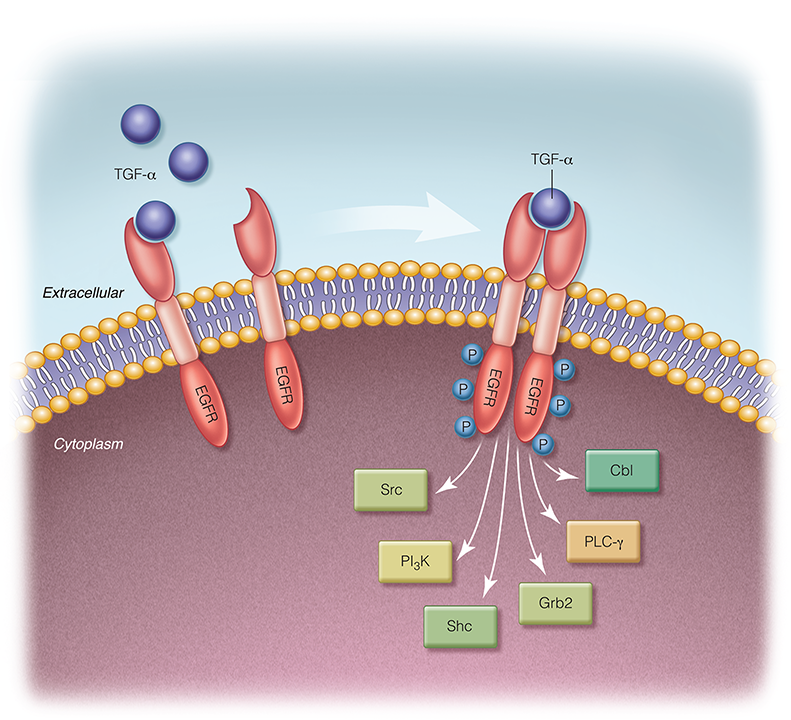
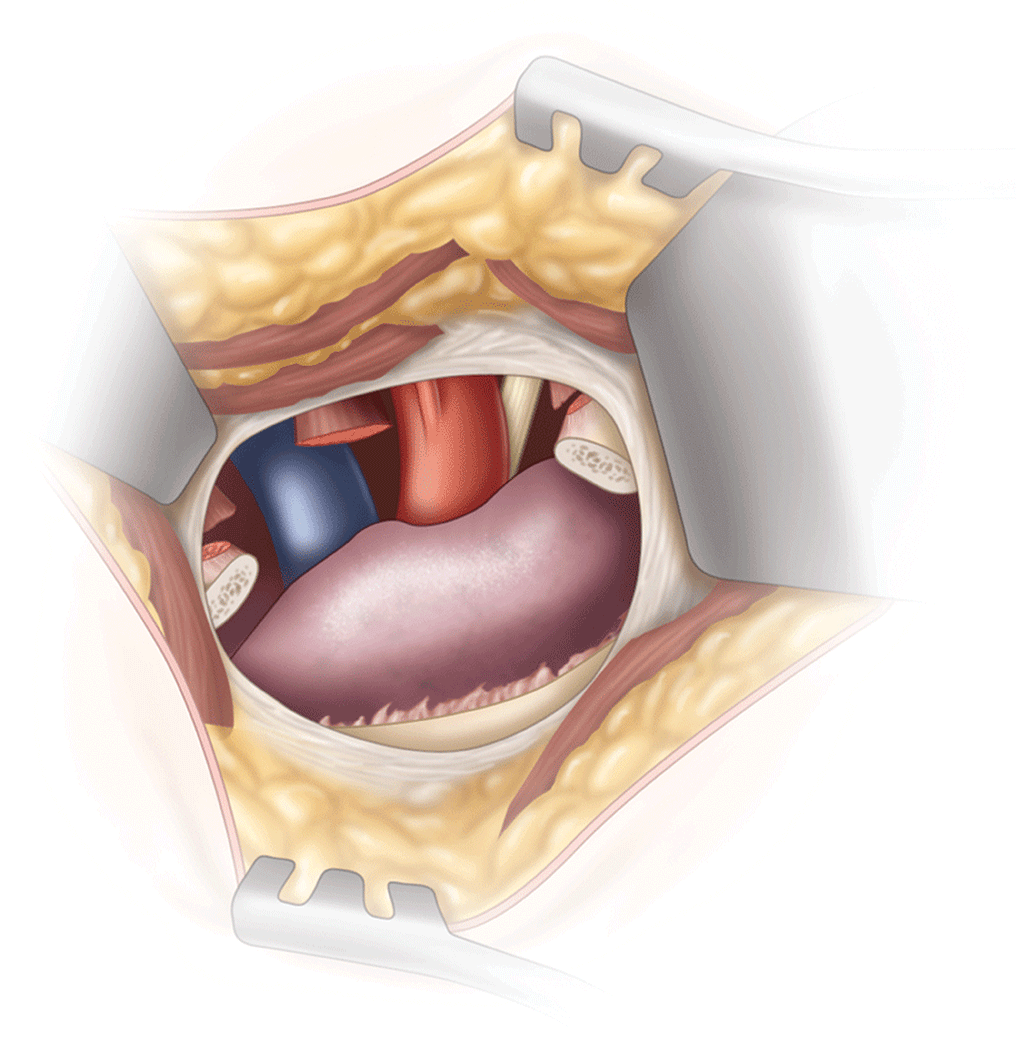
- TOS is divided into three distinct subtypes: neurogenic, venous, and arterial. Symptoms are produced relative to which of the neurovascular structures is compressed in the thoracic outlet.
- Recent data on long-term results after thoracic outlet decompression for neurogenic thoracic outlet syndrome
- New video of transaxillary first rib resection and anterior scalenectomy from the surgeon’s perspective

- TOS is divided into three distinct subtypes: neurogenic, venous, and arterial. Symptoms are produced relative to which of the neurovascular structures is compressed in the thoracic outlet.
- Recent data on long-term results after thoracic outlet decompression for neurogenic thoracic outlet syndrome
- New video of transaxillary first rib resection and anterior scalenectomy from the surgeon’s perspective
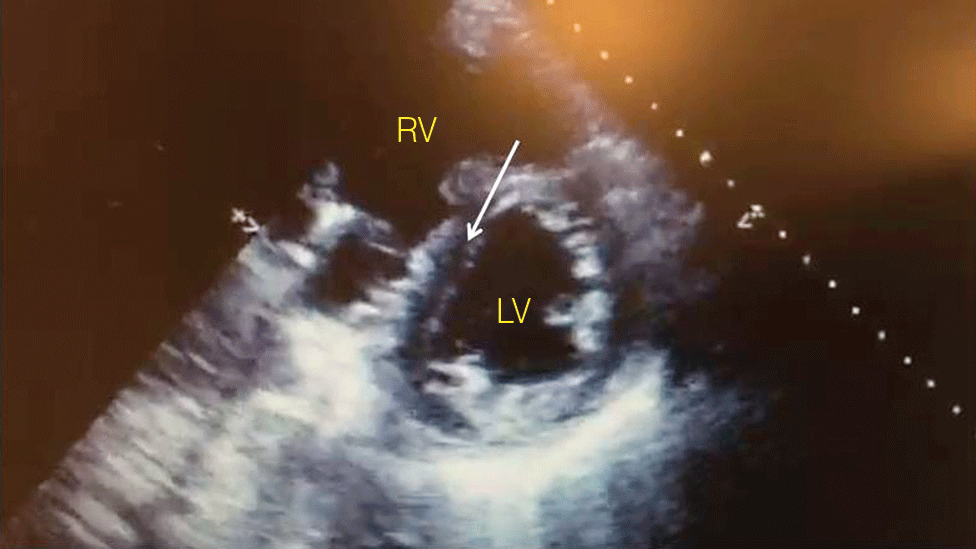
Deep Vein Thrombosis and Venous Thromboembolism in the Critically Ill
- Point-of-care ultrasonography for bedside diagnosis of deep vein thrombosis and pulmonary embolism
- Evidence-based guidelines for deep vein thrombosis prophylaxis among trauma patients
- Recommendations for therapeutic anticoagulation, including a discussion of non–vitamin K oral anticoagulation agents
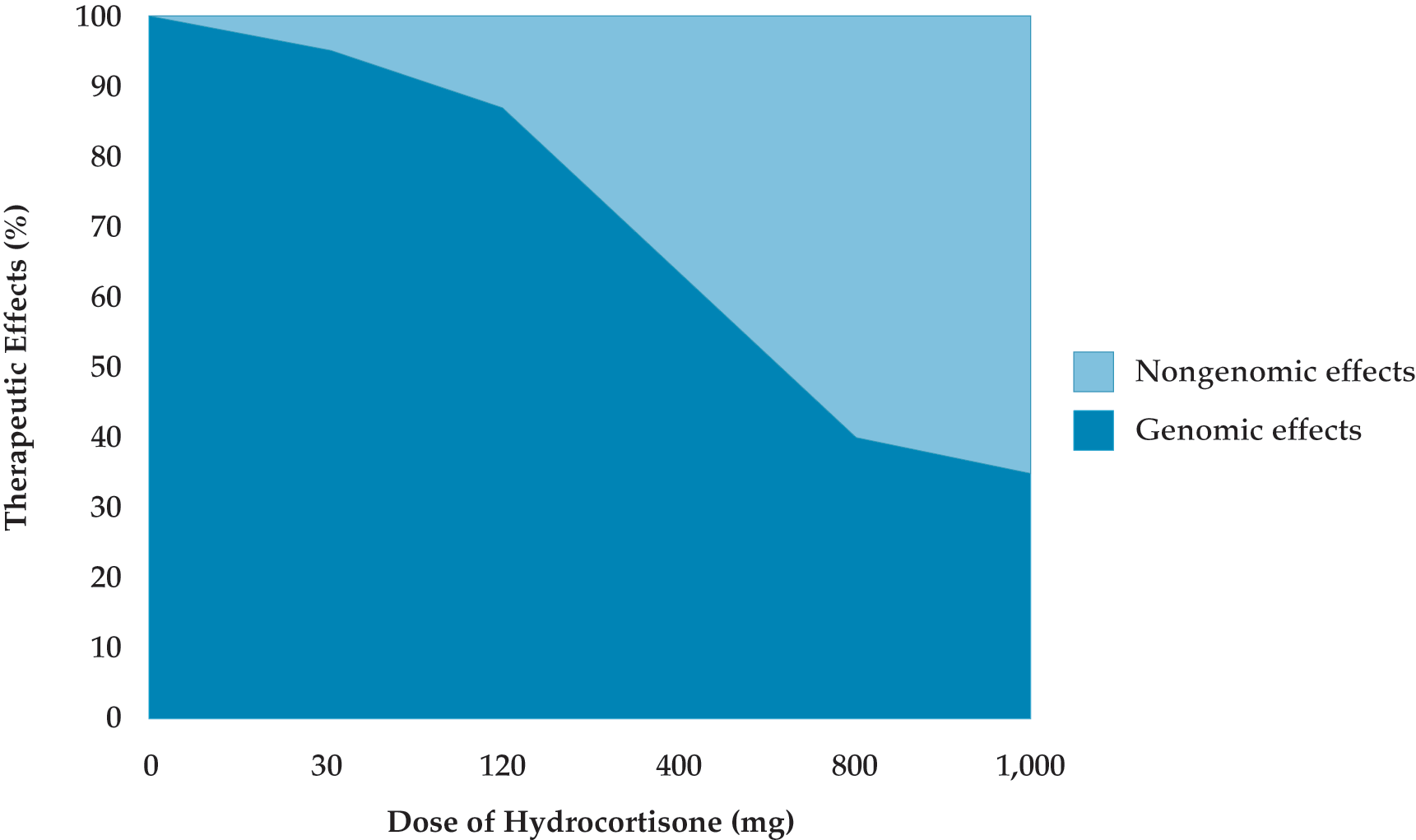
Steroid Replacement in Critical Care
- The relative contribution of genomic and nongenomic mechanisms to corticosteroids’ therapeutic effects varies with the dose administered; the higher the dose, the greater the contribution of nongenomic effects.
- Steroid replacement may be associated with survival benefit in adults with sepsis or septic shock, acute respiratory distress syndrome, or community-acquired pneumonia.
- In sepsis, corticosteroids are best administered within the first 24 hours of management and for at least 3 days at full dose.
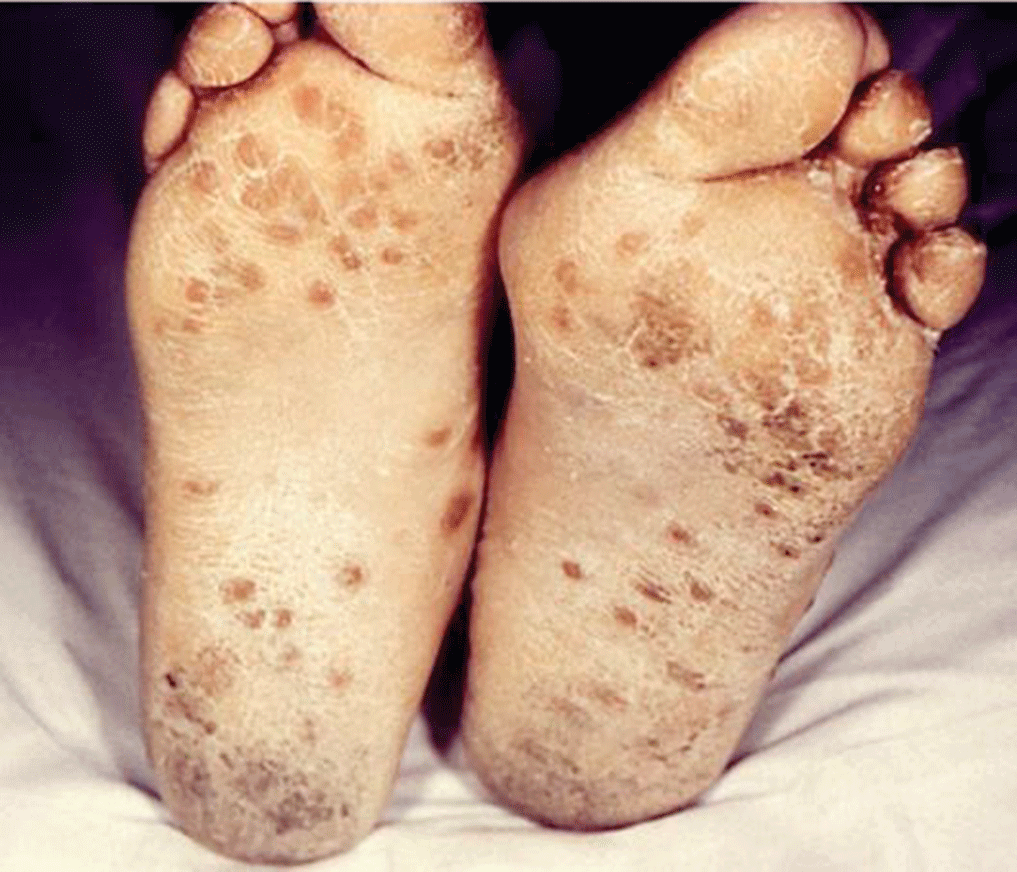
Central Nervous System Infections
- Serogroup B meningococcal vaccines. The incidence of community-acquired bacterial meningitis has declined over the past 30 years, in part due to the advancement and implementation of vaccination programs (Haemophilus influenzae type b [1987], Streptococcus pneumoniae or pneumococcal [2000], and Neisseria meningitidis or meningococcal [2005] vaccines) in the United States and western Europe
- Use of steroids for bacterial meningitis. In patients with bacterial meningitis, dexamethasone delivered prior to (or simultaneously with) the initial empirical antibiotics and continued 4 days thereafter was associated with a significant reduction in the composite end point of death or significant neurologic disability and death at the 2-month follow-up compared with placebo
- Development of molecular diagnostics (e.g., 16S polymerase chain reaction [PCR]) for identifying pathogens. Broad-range bacterial PCR amplifies species-specific gene coding for 16S ribosomal RNA of common pathogens; the sensitivity depending on the pathogen is 61 to 88% with specificities greater than 95%

Strategies of Hemodialysis Access
- The Hemodialysis Reliable Outflow (HeRO) graft (Hemosphere/CryoLife Inc, Eden Prairie, MN) is an innovative approach to obtain permanent AV access in patients with subclavian and internal jugular venous occlusions not amenable to open or endovascular means of recanalization.
- In 2016, data from the United States Renal Data System (USRDS) showed that 124,675 new patients began therapy for ESRD, whereas the prevalent dialysis population reached 726,331. Of note, after a continuous rise in ESRD patients between 1980 and 2010, for the first time a plateau or even slight decline was seen between 2010 and 2016.
- A common tradeoff for the higher long-term patency rates associated with autogenous AV access is failure of maturation of the outflow vein, leading to inadequate venous dilation and either inability to successfully use the AV access for dialysis or early AV access failure. Initial success rates leading to a functional AV access range from 55 to 97%.

Strategies of Hemodialysis Access
- The Hemodialysis Reliable Outflow (HeRO) graft (Hemosphere/CryoLife Inc, Eden Prairie, MN) is an innovative approach to obtain permanent AV access in patients with subclavian and internal jugular venous occlusions not amenable to open or endovascular means of recanalization.
- In 2016, data from the United States Renal Data System (USRDS) showed that 124,675 new patients began therapy for ESRD, whereas the prevalent dialysis population reached 726,331. Of note, after a continuous rise in ESRD patients between 1980 and 2010, for the first time a plateau or even slight decline was seen between 2010 and 2016.
- A common tradeoff for the higher long-term patency rates associated with autogenous AV access is failure of maturation of the outflow vein, leading to inadequate venous dilation and either inability to successfully use the AV access for dialysis or early AV access failure. Initial success rates leading to a functional AV access range from 55 to 97%.


.png)







